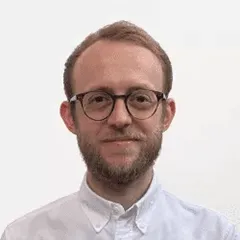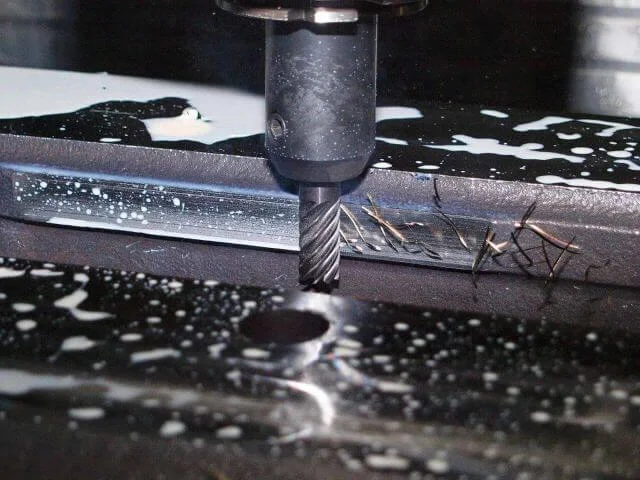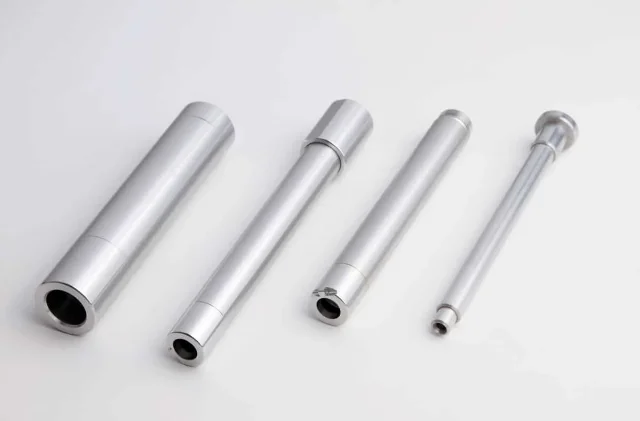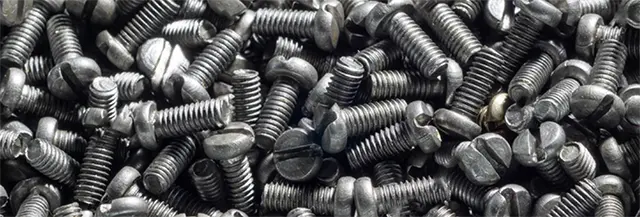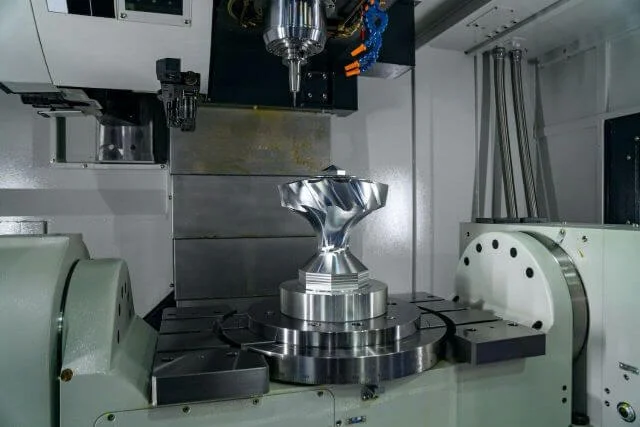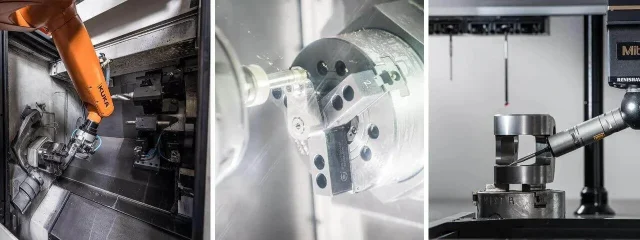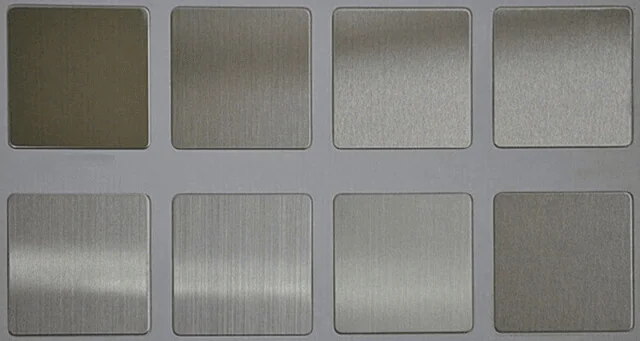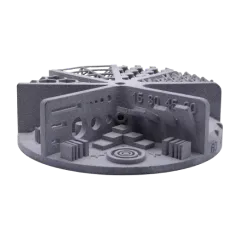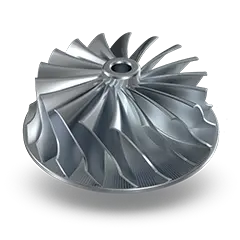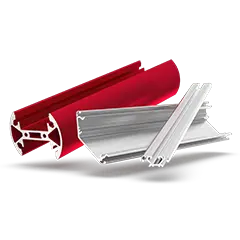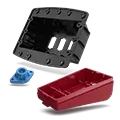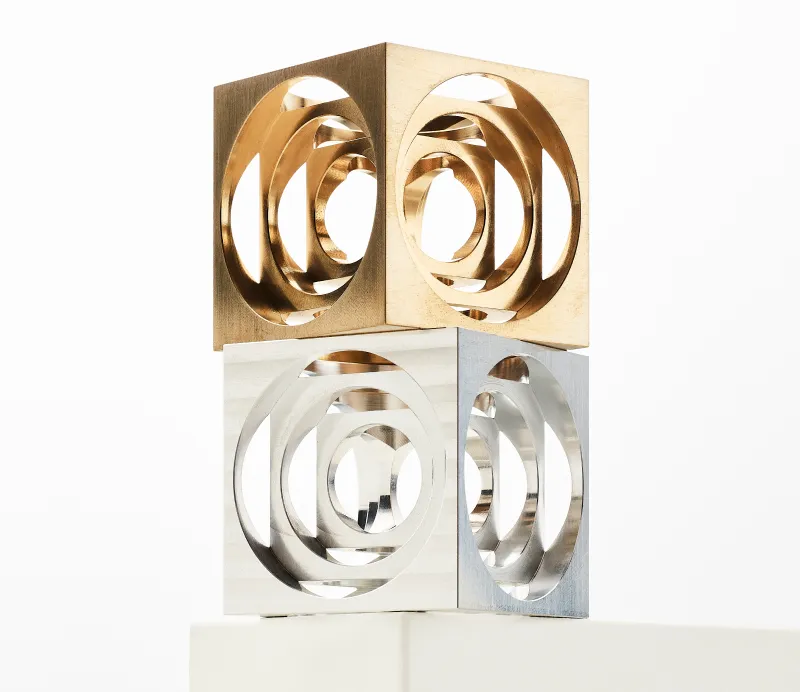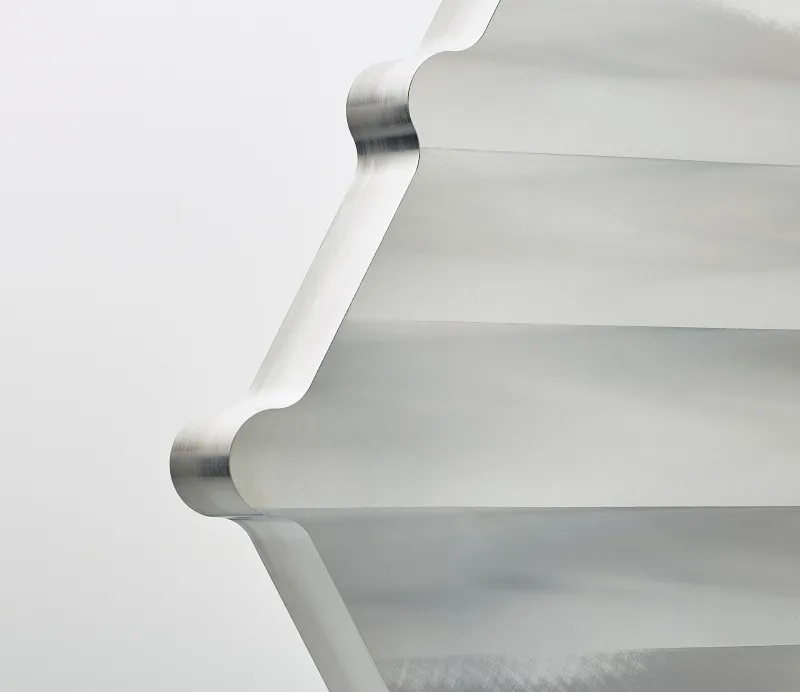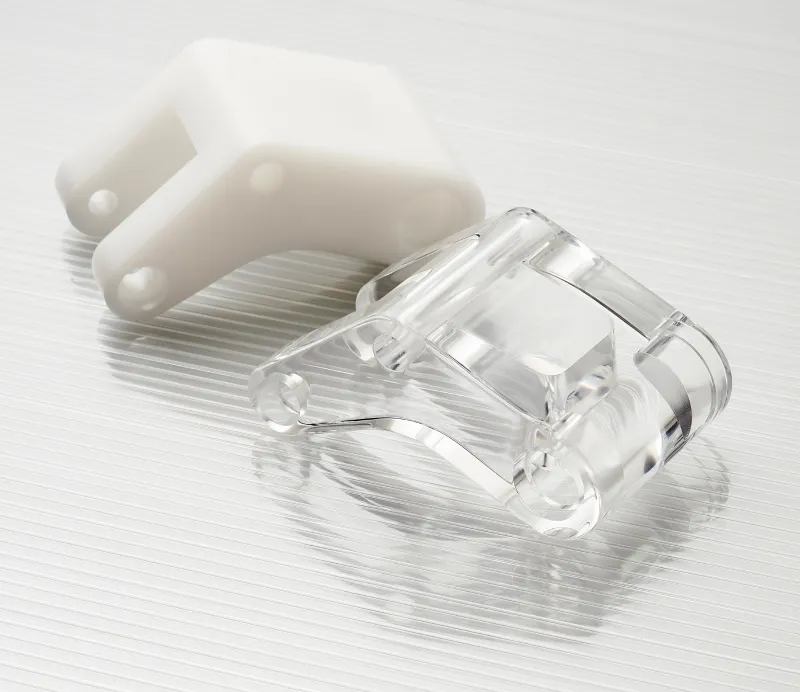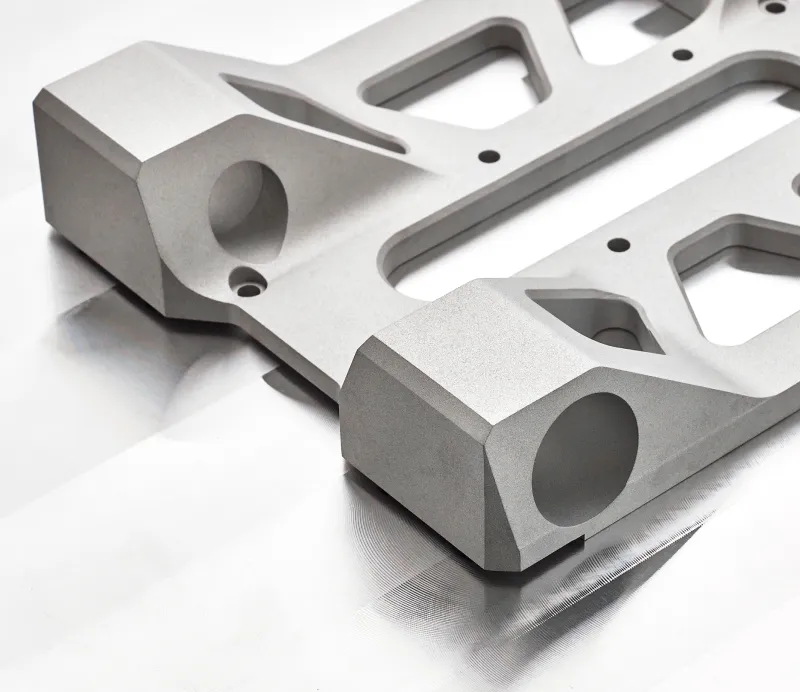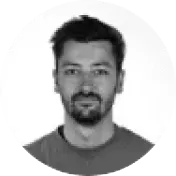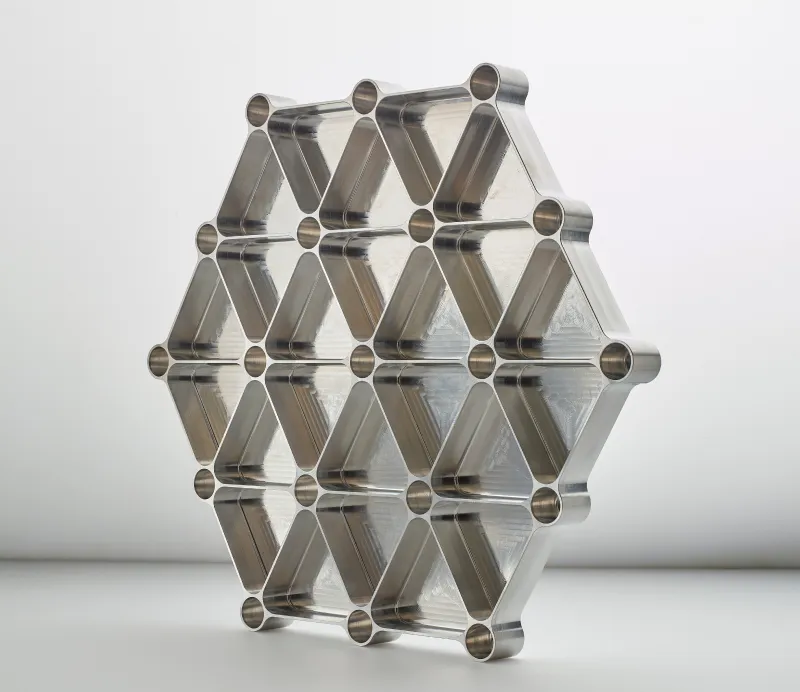Gas Assisted Injection Moulding
Learn more about Gas Assisted Injection Moulding and the differences between internal and external gas assisted injection moulding.

Gas-assisted injection moulding is a specific type of injection moulding that is a popular choice for manufacturing high-performance plastic parts. The benefits of gas-assisted injection moulding include the fact that it can increase tool life and produce higher quality parts.
What is the principle of gas-assisted injection moulding?
Gas-assisted injection moulding works by injecting pressurised nitrogen gas into the interior of a mould, forcing the molten plastic material against the outer surfaces of the mould. Gas can be used to ensure constant contact of the molten plastic against the tool whilst cooling to produce better-looking parts or be used to fill the core of the plastic and also improve its mechanical properties.
The gas-assisted injection moulding process:
- Plastic polymer powder or granules are fed into the machine and heated.
- The molten polymer is then injected into the mould.
- Nitrogen gas enters the chamber and pressurises the molten plastic into the sides of the mould.
- The gas is released once the polymer cools after being held against the sides of the mould.
There are two types of gas injection moulding; external and internal.
Read more: Process of Injection Moulding
{{cta-banner}}
External gas injection moulding
With external gas injection moulding, the molten resin is injected into the mould before a thin layer of gas is injected into one side of the tool, usually the core. This forces the molten plastic against the cavity side of the mould. The gas applies pressure on the plastic as it cools, allowing the plastic to replicate the subtle details of the mould. External gas injection moulding is widely used when the design requires one side of the moulded part to have highly defined features or textured surface finish. However, the trade-off is that surfaces in contact with the gas will have little to no surface texture.



Internal gas injection moulding
With internal gas-assisted injection moulding, the process involves gas flowing strategically through gas channels; this displaces the molten plastic at the centre of the part and forces the plastic to expand outwards across all faces in the mould. The molten resin or plastic pushes against the cavity walls until the part solidifies and cools down. Lower moulding pressure can be used as details like ribs can be thicker, allowing the plastic to fill the tool easily. The gas then makes the ribs hollow, removing the usual concerns regarding sink marks and warpage.



Why is gas injection moulding used?
The popularity of gas injection moulding (GAM) is due to it providing additional strength, lightness and feature definition to plastic part design. So for intricate, lighter designs, it is a preferred choice. Less polymer is used to make the product, as the final result is hollow, meaning up to 50% of the material is saved. Shrinkage and warping are also eliminated with GAM.
Types of plastic that use GAM
Various types of plastic can use GAM, including:
- Polypropylene (PP)
- Polyethylene (PE)
- Acrylonitrile Butadiene Styrene (ABS)
- Polystyrene (PS)
- Polycarbonate (PC)
- Polyvinyl chloride (PVC)
Gas-assisted injection moulding is often used to produce large plastic parts that involve complex final designs and require a high-quality finish that is of high cosmetic standard. For example, automotive interior parts, handheld consumer electronics, shoes all frequently utilise GAM.
Advantages of gas-assisted injection moulding
- More environmentally-friendly choice, as less polymer is used.
- Much lower part cost due to lower material usage.
- Reduced part weight.
- Gas pressure assures consistent surface and texture reproduction.
- Offers increased dimensional stability.
- Higher quality surface finishes with increased detail.
- Can form hollow parts with only a slight increase in cycle time.
- Reduced warpage and shrinkage.
- Easily include ribs for strength, without sink marks.
- Reduced cooling times.
Disadvantages of gas-assisted injection moulding
- Precise control is needed; without experienced and trained machine operators and technicians, there is a greater risk of the process going wrong with severe consequences. There are more variables to factor in and perfect to achieve great looking and functional parts.
- GAM can be costly due to the highly technical processes involved and the attention to detail required.
Gas-assisted injection moulding vs blow moulding: What’s the difference?
Gas-assisted injection moulding is often confused with blow moulding. This is because the processes both work to the same principles; they apply gas pressure to form the plastic to the shape of the mould.
However, with blow moulding, a plastic tube (known as a parison) is filled with air, becoming a balloon of hot plastic which then solidifies.


Blow moulding allows much larger hollow sections such as bottles of water. With gas-assisted injection moulding, the gas is trapped inside the plastic. Blow moulding is only really suitable for a few plastic types, such as HDPE, LDPE, PE and most commonly PET. Manufacturing costs are typically lower with blow moulding.
For more information about Get It Made’s injection moulding services, contact us for a free quote, get in touch or head to our technical toolbox for more.

Leave it to our manufacturing specialists
Get a 24 hour, engineer made quote and design review to start your manufacturing project off on the right foot
Get your production-ready quote in 24 hours
All projects are reviewed by real engineers to ensure accuracy, catch mistakes and unlock DFM improvements
Our services
From 3D printing to CNC machining, we’re experts in manufacturing bespoke precision parts on tight time-frames
Other services
It’s rare you only need CNC machining services. We offer 3D printing, moulding, casting, extrusion, fabrication, assembly, welding & more.
Get your production-ready quote in 24 hours
All projects are reviewed by real engineers to ensure accuracy, catch mistakes and unlock DFM improvements
Bespoke quote in 24 hours
Get It Made is proud to provide a human service. Get a quote and free design review by an experienced engineer to see how we make manufacturing simple.
